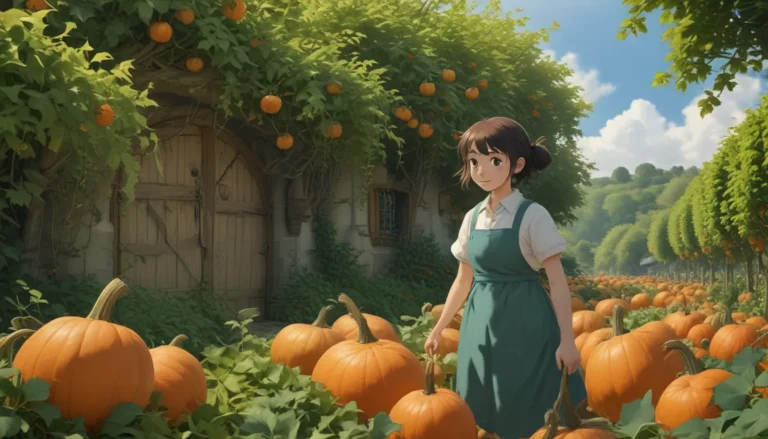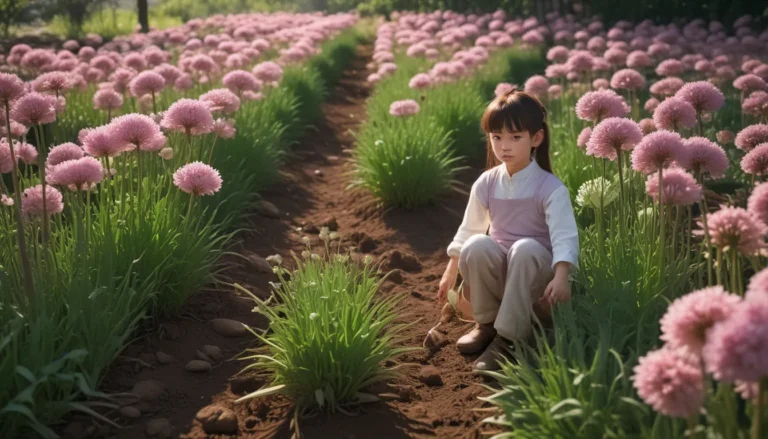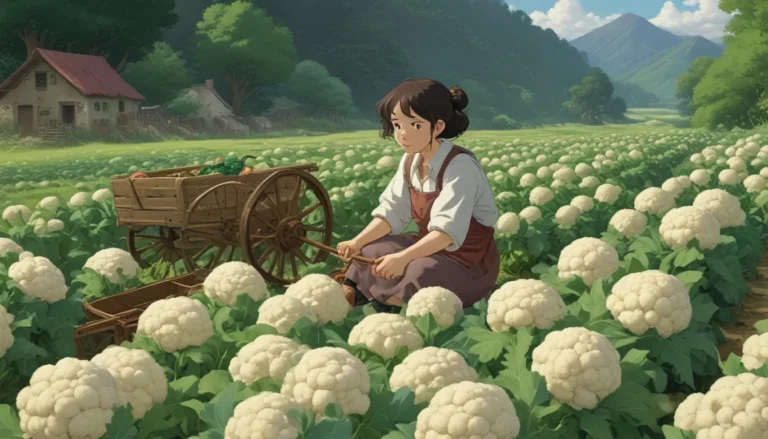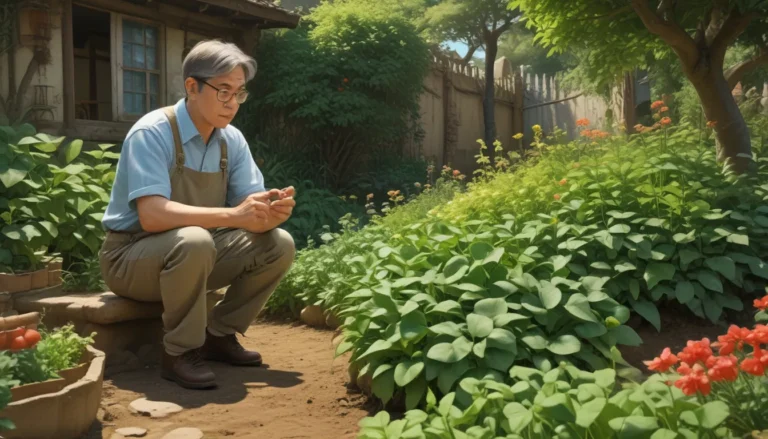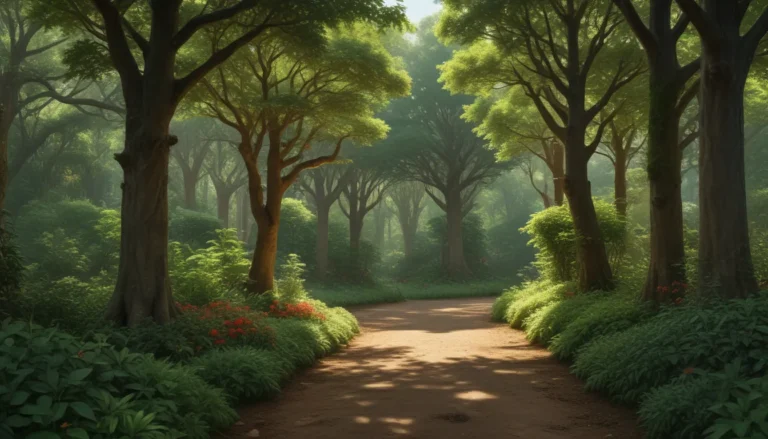Mastering the Art of Deadheading Daisies
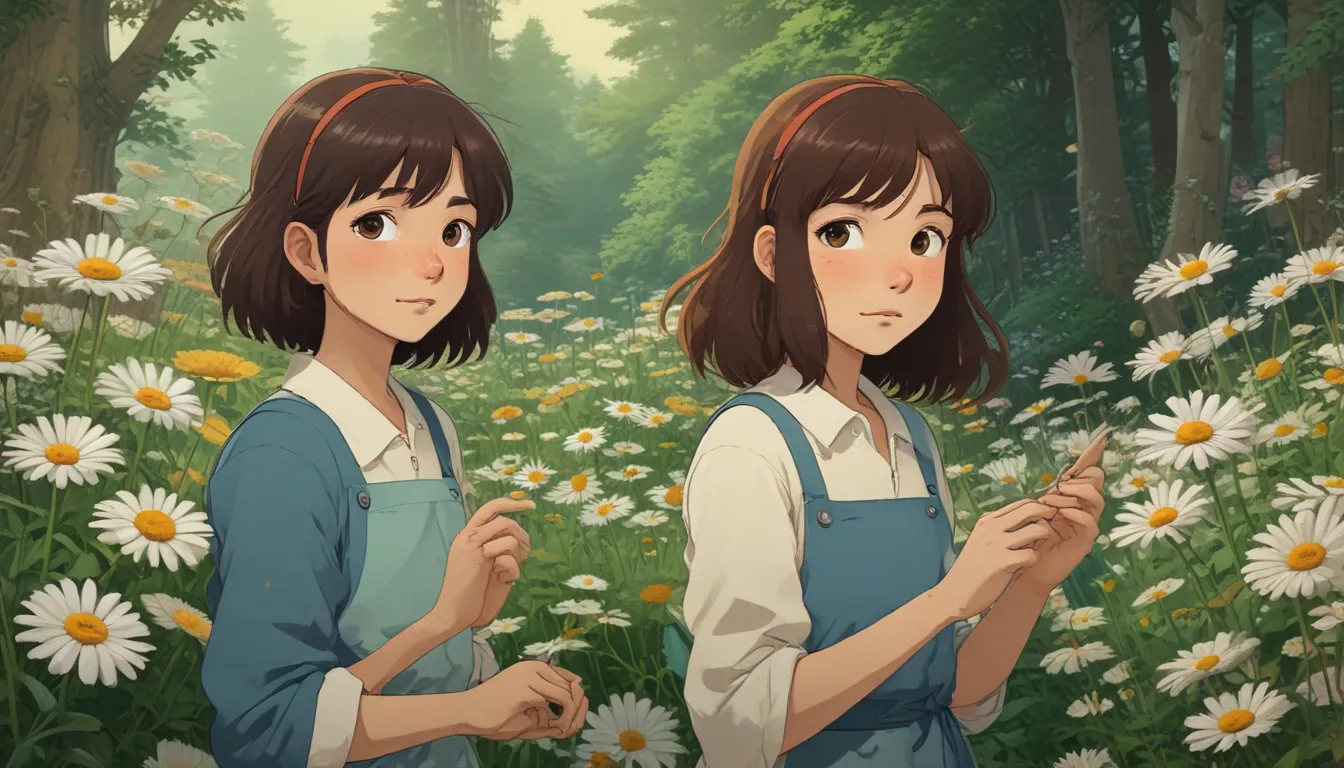
When it comes to maintaining the beauty and health of your daisy plants, deadheading is a gardening task that should not be overlooked. In this in-depth guide, we will explore the ins and outs of deadheading daisies, covering everything from what deadheading is to the different types of daisies and how to properly deadhead them.
Understanding Deadheading: A Gardener’s Best Friend
Deadheading, or the act of removing faded flower heads, is an essential practice for gardeners looking to keep their plants in optimal condition. By preventing flowers from setting seeds, deadheading stimulates vegetative growth, improves the overall appearance of the plant, minimizes debris that attracts pests and pathogens, and prevents self-sowing.
When a flower’s reproductive cycle is cut short through deadheading, the plant redirects its energy towards producing new buds, resulting in a continuous cycle of bloom production. This practice not only ensures that you get the maximum number of blooms from your plants but also helps maintain a fresh and attractive appearance in your garden.
In addition to its aesthetic benefits, deadheading also plays a crucial role in plant health by preventing insects and diseases from invading weak plant tissues left behind by faded flowers.
Exploring the World of Daisies: A Diverse Family of Flowers
Daisies come in a wide range of shapes, sizes, and colors, making them a versatile and popular choice for gardeners. From the classic white and yellow blooms of the common daisy to the vibrant hues of African daisies and gerbera daisies, there is a daisy species to suit every taste.
Different daisy species, such as the Montauk and Shasta daisies, have unique blooming patterns, with some producing multiple simultaneous blooms per stem. When selecting daisies for your garden, it’s important to consider the plant’s growing habits and mature dimensions to ensure they thrive in your chosen location.
The Art of Deadheading: How to Keep Your Daisies Looking Their Best
To make the most of your daisy plants, it’s essential to know how to deadhead them correctly. Here are some simple steps to follow when deadheading your daisies:
-
Timing is Key: Deadhead your flowers when they begin to fade and droop, ensuring you don’t wait until they turn brown and set seed.
-
Cutting Technique: Use a sharp pair of pruners or shears to cut the entire stem just above a growing point. Look for new buds emerging from places where nature has prewired the potential for new shoots and flowers.
-
Trimming Multiple Blooms: For daisy species with multiple blooms per stem, remove entire stalks one-quarter of an inch above the base when the oldest blooms start to fade.
-
Maintain Vigilance: Deadhead throughout the growing season to promote continuous blooming and keep your plants looking fresh and vibrant.
By following these simple steps, you can help your daisies thrive and produce an abundance of beautiful blooms throughout the growing season.
Embrace the Beauty of Deadheading
In conclusion, mastering the art of deadheading daisies is essential for any gardener looking to maintain healthy, vibrant plants. By understanding the benefits of deadheading, exploring the diverse world of daisies, and learning the proper techniques for deadheading, you can ensure your garden is a thriving oasis of beauty and color.
So grab your pruners, put on your gardening gloves, and get ready to transform your daisies into a picture-perfect masterpiece. Your efforts will be rewarded with a garden that is sure to delight you and your summer visitors alike.
Do you have any deadheading tips or tricks to share? We’d love to hear from you in the comments below! And if you found this guide helpful, don’t forget to check out our other articles on deadheading different flowers in the aster family for more gardening inspiration.
Remember, with a little care and attention, your daisies will reward you with an abundance of blooms that will brighten your garden and lift your spirits all season long.
Happy gardening!
